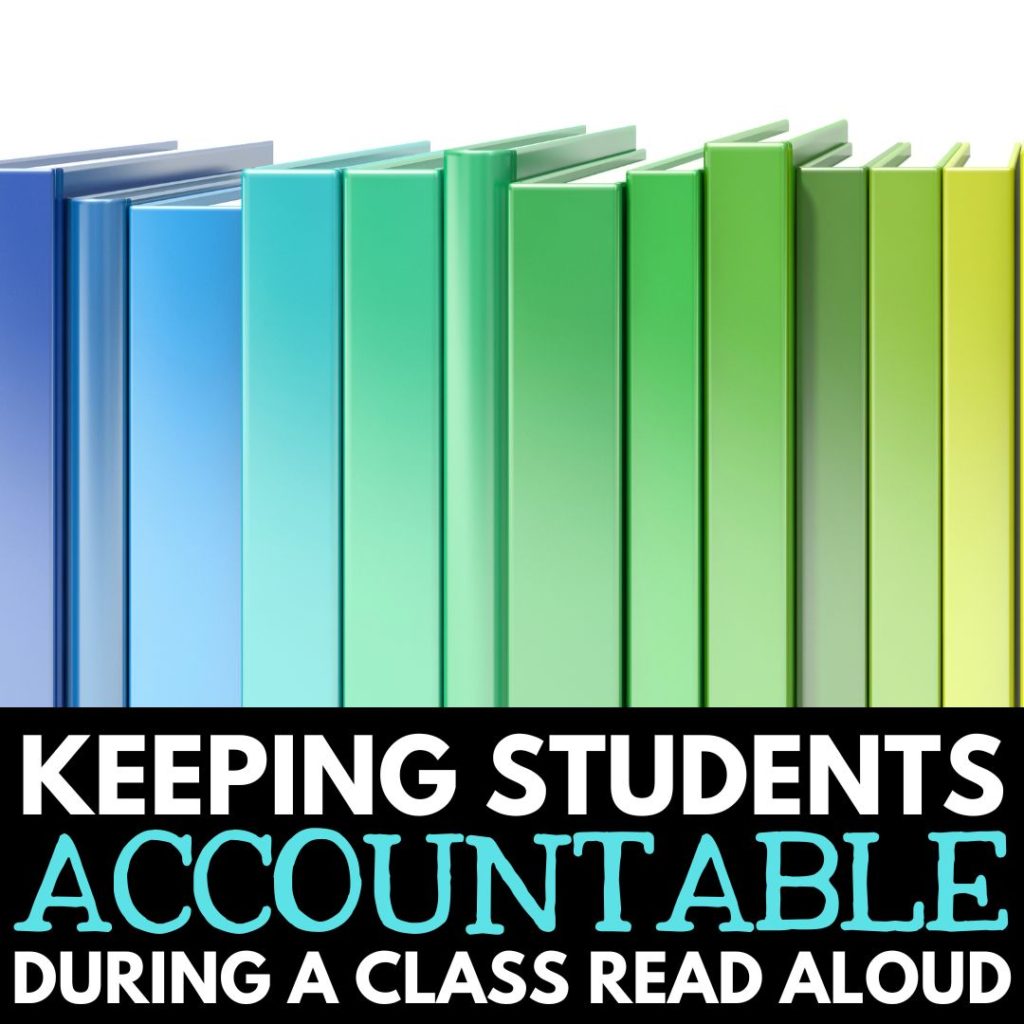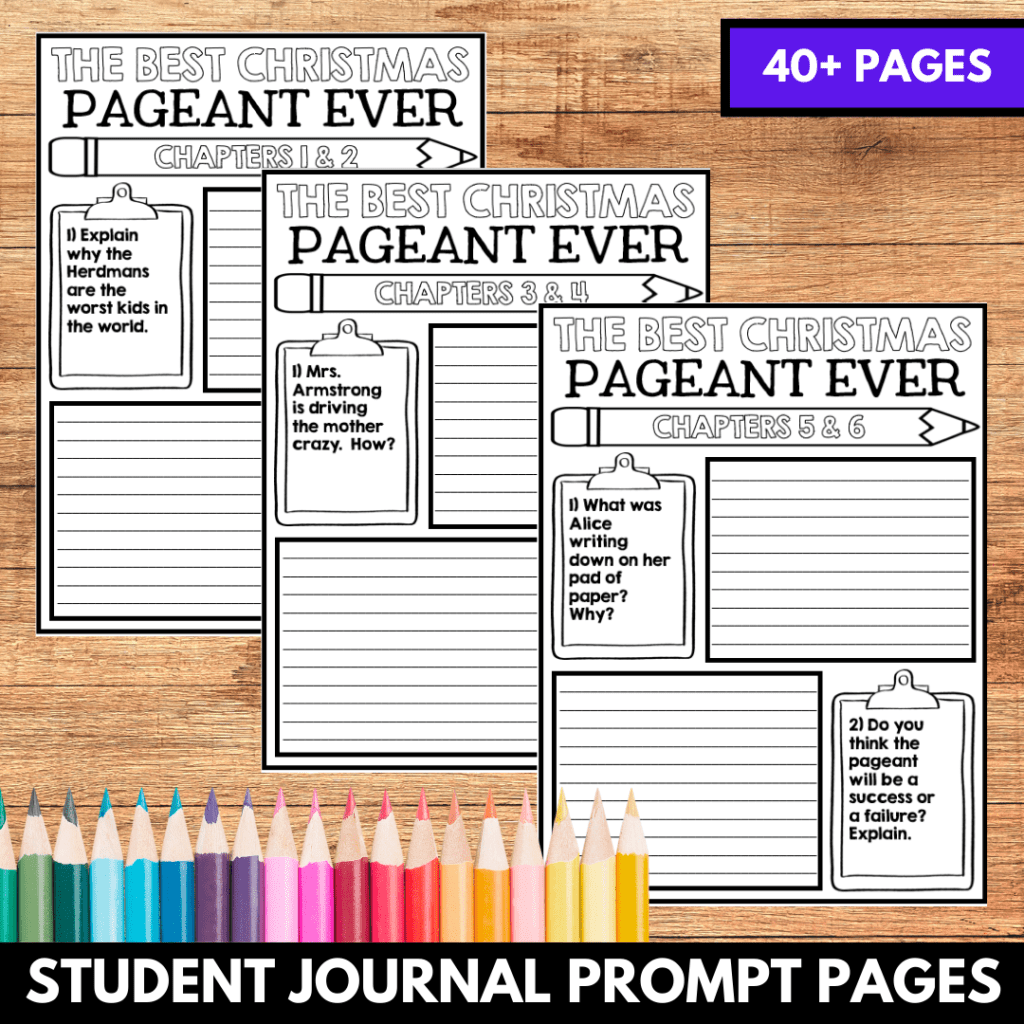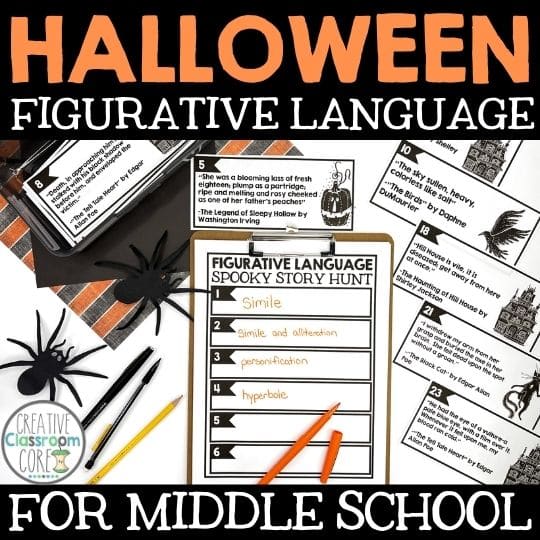How to Keep Students Accountable During a Read Aloud
By MARISSA DESPINS Updated Sept 28, 2023
How to keep students accountable during a read aloud
As teachers, we know that one of the best ways to build relationships with our students is to read aloud to them. Not only does this provide opportunities to model fluency and expression, but it also allows us to share books we are passionate about. Need some tips on how to keep students accountable during a read aloud? Read on for some ideas!
For more information about the benefits of reading aloud, check out this blog post.
Tips for How to keep students accountable during a read aloud
Below I share some ideas to help increase accountability during a read aloud so that everyone can enjoy the experience.
Set Strong Expectations
Before you begin your read aloud, be sure to set firm behavior expectations. Make sure students understand that they are expected to be respectful listeners. This means no side conversations, disruptive behavior, or getting up out of their seats. You may want to have a few students model what this does (and does not) look like, so everyone is on the same page.
Assign Specific Tasks
Give students specific tasks to complete while listening to the story read aloud. You may want students to answer a few questions based on the text, draw an image of what they are visualizing while you read, or take a few notes on what is going on in the story. Assigning specific tasks help them to stay engaged and accountable for their listening.
Each of my read aloud novel study companions comes with a student workbook for students to use during read aloud time. Each workbook comes with journal prompt questions, graphic organizers, and elements of literature notes and analysis pages. They are the perfect way to keep students accountable during a class read aloud!
Provide Opportunities for discussion
Before, during, and after your read aloud, be sure to provide opportunities for class discussion. Prior to the read aloud, you may want to stop and jot a few notes or questions on a sticky note and place it into your book, so you know where to pause and discuss while reading to your students. Knowing that they will have to contribute to class discussion about the text helps prevent students from checking out during read aloud time.
The questions cards included in my read aloud novel study companions are great for this. Each card contains journal prompts for each chapter of the text. You can laminate the cards and keep them on a binder ring, so they are easy to flip to during your read aloud. Then, when the time comes for discussion, you can simply read the prompts aloud and discuss as a group.
By following these tips, you can help ensure that all students are engaged and accountable during your next read aloud. Do you have any other tips that have worked well for you? I’d love to hear them in the comments!
Looking for some great seasonal read alouds? Check out our lists of Halloween Read alouds, Holiday Read Alouds, Read Alouds for St. Patrick’s Day, and September 11 read alouds!
Looking for some great read aloud resources for your middle school students?
Check out these read aloud novel study activities by clicking on the images below. Each read aloud novel study has been designed to keep students accountable during read aloud time. They contain journal prompt pages, question cards, literary element analysis, and reading strategy based activities. If you struggle with how to keep students accountable during a read aloud, then these products are for you!
Looking for more information about How to keep students accountable during a read aloud?
Check out these related blog posts below!
The Benefits of Reading Aloud to Middle School Students
Reading Response Journals: Making them Work in the Classroom
3 Ways to Cultivate a Love of Reading
Also, check out this post from my teacher buddy, Tanya G. Marshall the Butterfly Teacher!
Read Alouds Vs. Novel Studies: Key Differences Between them in the Classroom
nterested in signing up for my email list?
If you are interested in signing up for my email list, you can do so by clicking on the link below. I periodically send out emails with free resources, teaching tips, and exclusive deals. Signing up will also give you immediate access to some of my best selling Interactive Notebook resources – foldables, graphic organizers, and other fun activities.











